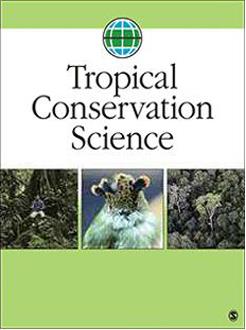Illegal, artisanal and small-scale gold mining (ASGM) often occurs in remote highly biodiverse areas, such as the Madre de Dios region of Peru. Mercury used in gold mining bioaccumulates in the environment and poses developmental, hormonal, and neurological threats to wildlife. The impact of ASGM on biodiversity remains largely unknown. We used geographic information science to create a spatial model of pollution risk from mining sites, in order to predict locations and species assemblages at risk. Multicriteria evaluation was used to determine how flow accumulation, distance from mining areas, total suspended sediment load, and soil porosity influenced the vulnerability of regions to mercury pollution. Results suggest that there is considerable opportunity for protection of areas with high biodiversity and vulnerability north of the Madre de Dios River where much of the land is not protected. Our study highlights the need for future ASGM research to consider more than deforestation risk alone while protecting the areas’ unmatched biodiversity.
How to translate text using browser tools
1 January 2020
Evaluating Wildlife Vulnerability to Mercury Pollution From Artisanal and Small-Scale Gold Mining in Madre de Dios, Peru
K. E. Markham,
F. Sangermano

Tropical Conservation Science
Vol. 11 • No. 1
March 2018
Vol. 11 • No. 1
March 2018
biodiversity
conservation planning
extinction risk
mining
protected areas




